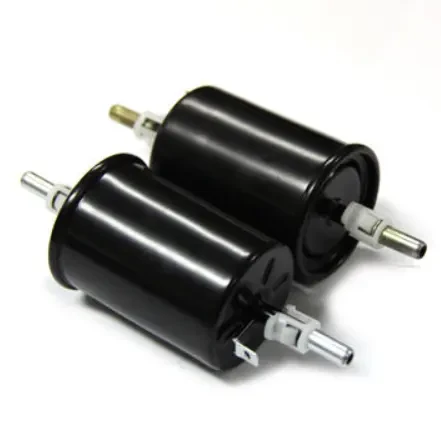Nov . 30, 2024 08:24 Back to list
Choosing the Best Air Cabin Filter for Your Hyundai Vehicle
The Importance of Hyundai Air Cabin Filters
When it comes to ensuring a comfortable and safe driving experience, many car owners often overlook the significance of air cabin filters. However, for Hyundai vehicle owners, understanding the role and maintenance of the air cabin filter can considerably enhance both the quality of air inside the vehicle and the overall driving experience.
What Is an Air Cabin Filter?
The air cabin filter, often referred to as the cabin air filter, is a crucial component in automotive ventilation systems. Its primary function is to filter the air that enters the vehicle’s interior through the heating, ventilation, and air conditioning (HVAC) system. By trapping dust, pollen, soot, and other airborne contaminants, the cabin filter ensures that the air inside the vehicle remains clean and fresh, providing a healthier environment for passengers.
Benefits of a Clean Cabin Air Filter
1. Improved Air Quality A clean air cabin filter significantly enhances air quality within the vehicle. This is especially important for individuals with allergies or respiratory conditions, as it minimizes the inhalation of pollen and other irritants.
2. Enhanced Airflow Over time, cabin filters can become clogged with debris, leading to restricted airflow. A clean filter allows the HVAC system to operate more efficiently, resulting in better climate control and comfort for passengers.
3. Reduced Odors A dirty cabin air filter can contribute to unpleasant odors inside the vehicle. Regular replacement of the filter can help eliminate musty smells caused by mold and bacteria growth.
When to Replace Your Hyundai Cabin Air Filter
hyundai air cabin filter

Hyundai recommends checking and replacing the air cabin filter every 12,000 to 15,000 miles, or at least once a year, though this interval may vary based on driving conditions. For instance, frequent driving in urban areas with heavy traffic or in areas with high pollen counts may require more frequent replacements.
Symptoms that indicate a need for filter replacement include decreased airflow from the vents, unusual odors when the HVAC is in operation, and an increase in dust accumulation inside the cabin.
How to Replace the Cabin Air Filter
Replacing the cabin air filter in a Hyundai vehicle is a relatively straightforward process that can often be done using basic tools. The filter is typically located behind the glove compartment or under the dashboard.
1. Consult the Owner's Manual Before starting, refer to your vehicle's owner manual for specific instructions on locating and replacing the cabin air filter.
2. Remove the Glove Compartment If the filter is located behind the glove compartment, you may need to remove it by detaching screws or clips.
3. Replace the Filter Take out the old filter, ensuring you note its orientation, and insert the new filter in the same direction.
4. Reassemble Put the glove compartment back in place and ensure everything is secured.
Conclusion
In summary, the air cabin filter is an essential component that should not be neglected. Regular checks and timely replacement ensure that Hyundai vehicle owners enjoy a clean and pleasant driving environment. By prioritizing the maintenance of the cabin air filter, drivers can enhance their overall vehicle experience while promoting better health for all passengers. Investing a little time in this maintenance task can lead to significant benefits for years to come.
-
Toyota Corolla Hatchback Cabin Air Filter – High Efficiency & Easy Installation
NewsJul.08,2025
-
Premium Canister Fuel Filter Supplier High Quality Oil Filtration Solutions
NewsJul.08,2025
-
Premium Car Filter Oil Solutions Leading Car Oil Filter Exporter Hyundai Car Oil Filter Exporters
NewsJul.08,2025
-
Buy 17x21x1 Air Filter – Improve Air Quality & HVAC Efficiency Affordable Air & Cabin Air Filter Cost
NewsJul.07,2025
-
High-Performance Filter Element Fuel – Durable, Efficient & Cost-Effective Solutions
NewsJul.07,2025
-
High-Quality Engine Filter and Cabin Filter for Superior Airflow Affordable Cabin and Engine Air Filter Cost
NewsJul.07,2025


